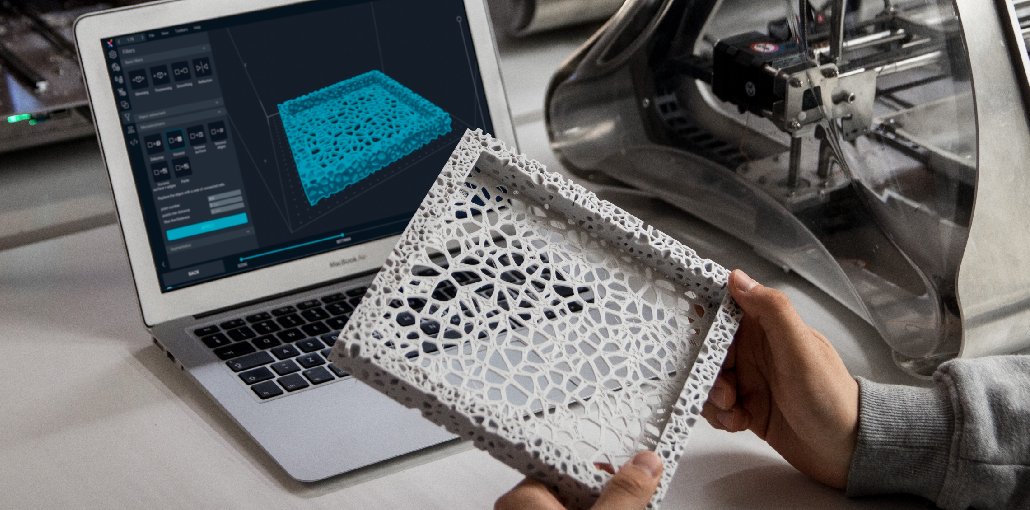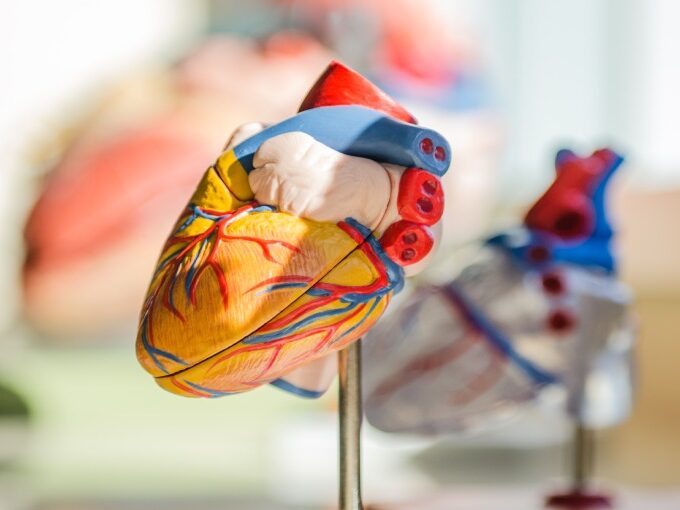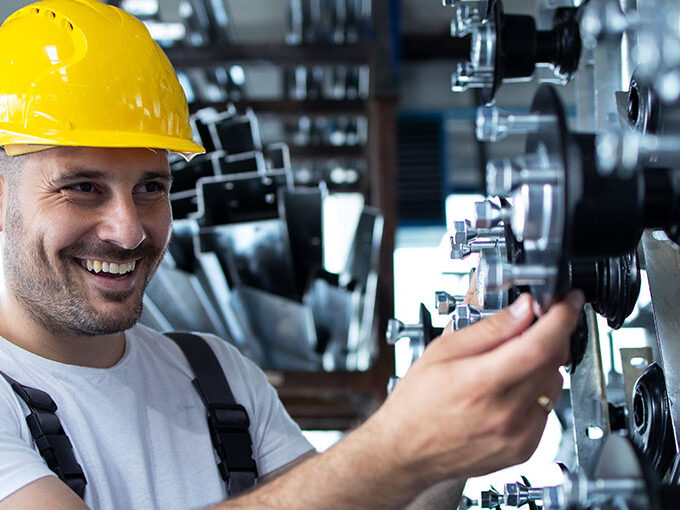Because it is a simple technology that has many applications, 3D printing has gained popularity in recent times. It can be used in many fields, including education, manufacturing & prototype, medicine, art & jewelry, and construction.
The cost of 3D printing materials and printers was expensive in the past. However, technology has made it cheaper. 3D printing has become more affordable and accessible to all sectors.
What are 3D printing services?
3D printing can also be referred to by the term additive manufacturing and 3D stands for Three-Dimensional Printing. 3D printing allows you to create solid objects using a digital design. This involves the application of thin layers of material in metal, liquid, or powder, and then joining them together.
Many manufacturing companies have found 3D printing has increased their productivity. This technology is most commonly used to reduce the time it takes to prototype various parts or devices and the tooling needed to create them.
This is a major benefit for small-scale producers as it reduces production costs and speeds up a time to market. 3D printing is a more efficient manufacturing technique than subtractive methods like milling, which allows for complex shapes to be made with less material. It is used primarily in stamping and hydro-forming as well as injection molding.
Here are some types of 3D printing services:
SLA 3D printing
Stereolithography (SLA), a 3D printing technique, creates objects by curing liquid resin layer-by-layer using an ultraviolet (UV), laser beam. This 3D printing technology, known as Stereolithography (SLA), has seen many changes since its inception. It’s now more accessible and affordable. Many professionals have been able to reduce outsourcing costs, optimize production processes, and iterate more quickly with this 3D printing.
SLA resins are now available in a variety of mechanical, thermal, and optical properties. These properties can be used to perfectly match standard and industrial thermoplastics. SLA 3D printing allows for high-dimensional precision parts with intricate details. SLA rapid prototyping parts can be used for visual prototypes because they have a smooth finish. They are flexible, explicit, and can be moldable.
Also read: What is 3D Printing and How Does It Work ?
SLS 3D printing
Selective Laser Sintering is a 3D technology that uses a high-power laser to create a solid structure. It does this by sintering particles of polymer powder on a 3D model. This method has been a preferred choice by engineers and manufacturers for years. It is low-cost per part which results in high productivity. This technology is great for many applications including SLS rapid prototyping and custom bridges, as well as small-batch manufacturing. SLS 3D printing is now easily accessible thanks to software and machinery advancements. Many companies can now use the technology previously only available to high-tech industries.
Because of its design freedom, engineers and manufacturers use SLS3D printing. It can produce complex geometries such as interlocking parts, moving parts, interior channels, and other intricate designs. SLS 3D printing produces functional prototypes that last a long time. This technology’s versatility lies in its proven end-user materials. Together with its composites nylon is a high-end thermoplastic.
What is a 3D printing prototype?
Rapid prototyping, also known as 3D printing prototyping, involves the combination of multiple layers of material to create different parts. This is a cost-effective and fast way to create great products. It is ideal for verification of the design. By fixing design problems early in the manufacturing process, it helps to avoid costly changes. 3D printing prototyping can be used for architecture, jewelry design, engineering, and other areas to create different mechanical parts, parts, props, architectural models, and consumer products.
The benefits of 3D printing services
There are many benefits to 3D printing services that go beyond traditional manufacturing processes. These include:
Offers sturdy and lightweight parts
While plastic is the most common material used for 3D printing, metals can still be used. Because plastic is lightweight, it is preferred by some industries such as aerospace and automotive. This allows for exceptional fuel efficiency. The technology allows for parts to be made from customized materials that have specific properties such as water resistance, strength, heat resistance, and heat resistance.
Low costs
3D printing is a cost-effective manufacturing process that can be used for small quantities. CNC machining, a traditional prototyping technique that requires professional operators and technicians to operate, is expensive and labor-intensive. To produce a part, 3D printing requires only one or two machines. Additionally, 3D printing requires no additional tools and results in less material waste.
Flexible design
3D printing allows engineers and manufacturers to create complex and detailed designs that are more precise than traditional manufacturing methods. 3D printing is able to create complex designs without any restrictions. 3D printing allows users to modify designs in any way that they want, creating unique and custom-made parts. Different materials can be used to create different types of parts.
Print on demand
It is not as bulky as traditional production methods and does not require additional space to stock up inventory. Because you don’t need to print in large quantities unless there is a need, this saves space and money.
Virtual libraries are used to store 3D files that were printed using STL or CAD. This allows one to locate them and print them as needed.
Fast speed
3D printing offers the greatest benefits, including rapid prototyping. Because 3D printing speeds up prototyping, parts can be made in a fraction of the time. 3D printing also makes parts creation much faster and cheaper than prototyping, which allows for every part to be finished efficiently.
The industrial applications of 3D printing services
Many companies have adopted 3D printing technology because it has the potential to revolutionize the manufacturing process.
These are just a few of the industrial uses of 3D printing services.
Drone
Drone manufacturers can now create custom drones using 3D printing. All parts of the drone, except electronic components, can be 3D printed. It is possible to easily produce accessories like covers, mounts, or boosters using 3D technology. This allows for drone storage. With additive manufacturing, you can create lighter and more efficient drones in a variety of sizes at a lower cost.
Aerospace & defense
3D printing has been beneficial to the Aerospace and Defense industry as they produce functional parts for aircraft. These include structural metal components, wall panels, air conduits, and air ducts. 3D printing is a great way to reduce weight in aerospace. This will result in a significant reduction of payload, fuel consumption, carbon dioxide emissions, and payload. It allows for material efficiency, part consolidation, and low-volume manufacturing.
Robots
Robotic parts can be made quickly and easily using 3D printing. Robot parts production is aided by factors such as lower weight and customization. Sensor mounts and grippers require customization to suit various purposes and are expensive to make. Markforged 3D printers are used by many robotics companies to design and fabricate lightweight, complex parts such as end-of-arm tools at a lower price.
Automotive
3D printers are being used by many automotive industries in areas like motorsports and performance racing. Automotive manufacturers print various parts using 3D printers. These parts include prototypes, fixtures, and cradles that are strong, stiff, long-lasting, and durable. These key benefits include greater design flexibility, customization, faster product development, and quicker delivery. The 3D printing process allows for intricate geometrics, such as fine mesh and internal channels.
Medical & dental
The medical and dental industries use 3D printing extensively, from bio-printing to medical devices and prosthetics. The medical sector has many 3D printing applications. CT scanning, for example, offers patient-specific solutions such as dental implants and dental appliances. Other benefits include personalized healthcare and enhanced medical devices.
Also read: How 3D Printing is a New Business Model Here are 5 Examples
Some new frontiers with 3D printing technology
3D printing with LiDAR data
Light Detection and Ranging is a remote sensing method that uses pulsed laser light to measure precise and accurate surfaces. LiDAR offers incredible accuracy and results. LiDAR can be used to create derivative products such as slopes, hillsides, and contours.
GIS and 3D printing
To promote the educational use of GIS, 3D printing is used in conjunction with Geographic Information System (GIS). It is a great way to engage students in GIS concepts and basic topology.
Artificial intelligence applications in additive manufacturing (3D printing)
Based on past experience and data, machines can solve many problems automatically. Artificial intelligence can be combined with 3D printing to improve the printer’s performance. It reduces error risk and facilitates automated manufacturing.
Some of the applications include:
Material range expansion
Artificial intelligence and 3D printing allow for the expansion of compatible materials. This is useful in meeting the needs of diverse industrial sectors such as aerospace, which requires high-temperature materials.
Optimization of 3D printing
The 3D printing process can be optimized by artificial intelligence. You can, for example, analyze the object before printing. You can also predict the quality of the part and control the printing process to avoid mistakes, thus saving time.
3D printing workflow automation
Artificial intelligence allows 3D printing workflow automation. This includes different steps from model creation through printing preparation and printing final. AI can automate the material selection, recommending the best materials for optimal results.
Conclusion
3D printing is a rapidly evolving technology that has many applications. 3D printing allows for the production of high-end products at lower costs and in a more efficient manner. It reduces waste, risks, and is highly sustainable. In additive manufacturing, engineers and manufacturers can create more complex designs than traditional manufacturing processes. It is used extensively in medicine and dentistry, aviation, aerospace, education, manufacturing, and other industries.










Leave a comment